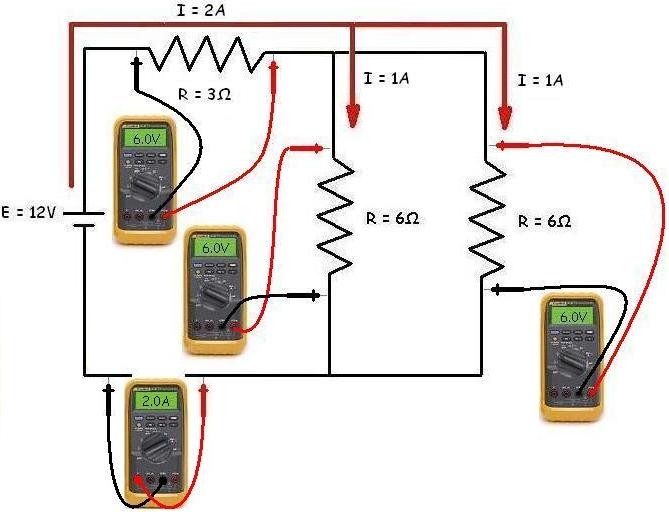

If four resistances have resistance values 5,8,12,20 ohms and are connected in the parallel combination, then the total resistance of the circuit is always less than 5 ohms. Effortlessly calculate parallel and series resistor values with our accurate, user-friendly tool designed to optimize circuit performance and streamline. Note: The total or equivalent resistance of the parallel circuit is always less than the value of the resistance that has minimum resistance among all the resistances. Unlike the previous series resistor circuit, in a parallel resistor network. We can find the value of unknown resistance when it is connected in parallel with a known value resistance.įind the value of resistance to be added with 24Ω resistance to get a total resistance value of 16Ω when both the resistances are connected in the parallel. This page contain electronic circuits about Parallel Resistors Calculator at. Finding Value of Unknown Resistance when two resistance connected in the parallel Circuit Calculate the total resistance of the circuit. These resistors have an equivalent resistance Req that has the same effects on the other parts of the circuit and is given by the resistors in parallel. The resistance value of the two resistances is 8Ω and 24Ω. The total resistance of two resistances that have unequal resistance can be calculated in the following way. What is the total resistance of the parallel circuit? Formula for Parallel Circuit Resistance Calculations of the unequal Value Resistances If 100 resistances, each resistance has a 400 Ohms value, are connected in the parallel combinations. Suppose four resistances of equal value(R) are connected in the parallel combination, the total resistance of the circuit is In the circuit of Figure 1, first use the parallel resistance.

The equivalent resistance of the equal resistances connected in the parallel combination can be found by dividing the value of one resistance by the number of resistors. Then, use Ohms Law to calculate the voltage drops across and currents through each part. The number of current paths is determined by the number of load resistors connected in parallel. Using Ohm’s Law, the branch current for a three branch circuit equals the applied voltage divided by the resistance as shown in below equations. A parallel circuit has more than one path for current flow. Formula for Parallel Circuit Resistance Calculations of the same Value Resistances The sum of the currents flowing through each branch of a parallel circuit is equal to the total current flow in the circuit. First, we could calculate total impedance from all the individual impedances in parallel (ZTotal 1/(1/ZR + 1/ZL + 1/ZC), and then calculate total current by. The resistances are connected in the series and parallel combinations to get the desired equivalent or total circuit resistance. In this article, we will discuss the formula of resistance in parallel connection.


 0 kommentar(er)
0 kommentar(er)
